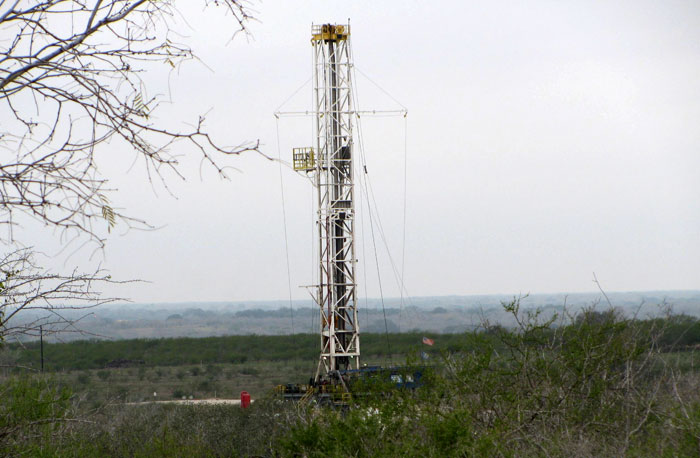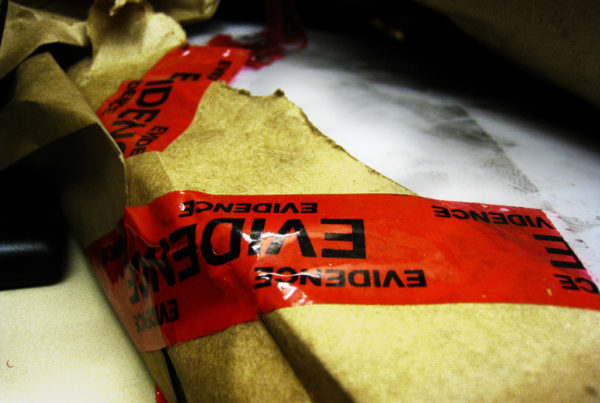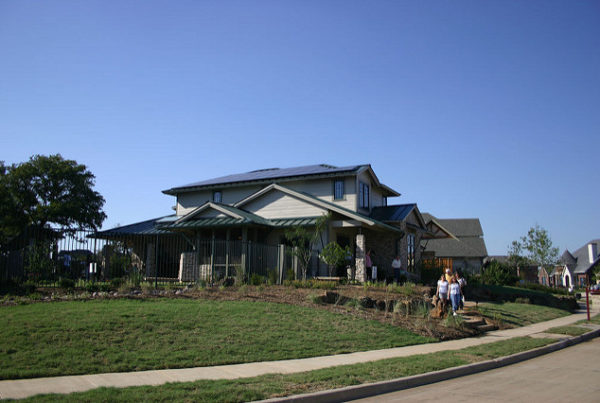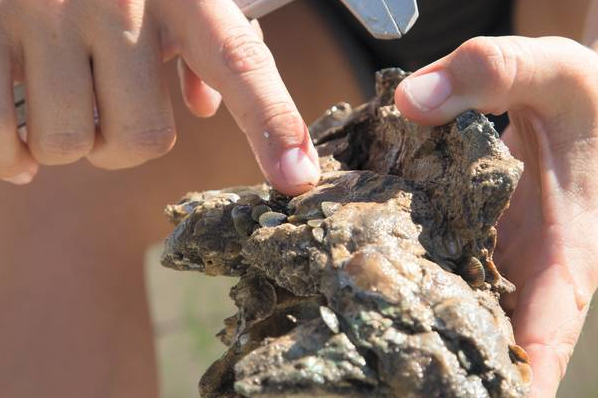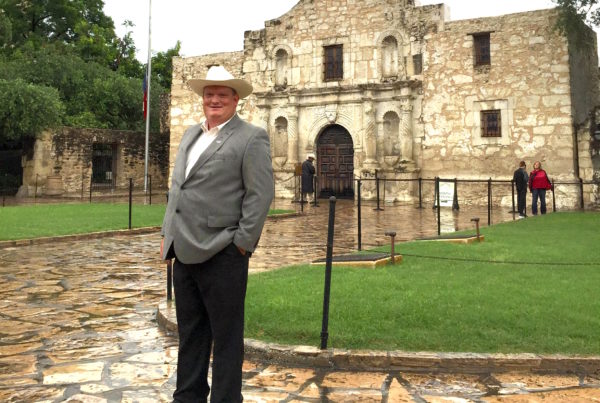A 5.6 magnitude quake rattled much of the midwest early Saturday morning. The epicenter was just outside of Pawnee, Oklahoma, but it was felt from Iowa to Texas. The debate over what’s causing these quakes has been increasing in the last decade.
A Southern Methodist University seismology team released a peer-reviewed report that declared recent earthquakes in North Texas were, in the words of the report, “most likely” caused by oil and gas operations in the area. But the Texas Railroad Commission said the findings were inconclusive.
Joe Wertz covers energy and the environment for public radio’s StateImpact Oklahoma. He says no one is saying with certainty what caused Saturday’s earthquake, but scientists say the general uptick in quakes could be linked to the disposal wells – wells used to pump toxic, briny water back into the earth after it’s been used to extract oil or gas. Wertz says that for every barrel of oil extracted, 10 barrels of water are produced in Oklahoma wells.
As a result of the magnitude of Saturday’s earthquake, 37 Oklahoma disposal well operators have been ordered to shut down. Some wells are being instructed to reduce the volume of water that’s pumped back into the ground.
“The tricky thing is this is happening in two counties – one is controlled by the state, the other is entirely a tribal nation,” Wertz says. “So that would be under the jurisdiction of the U.S. government. They have to bring in the [Environmental Protection Agency] to help them with that.”
Wertz says it is very likely that other states might follow Oklahoma’s example. He says although the state took a long time to acknowledge that disposal wells may have something to do with the earthquakes, they now have an infrastructure in place to deal with well shutdowns and reductions.
“I think that’s really the balancing act – is figuring out how to shut these wells down, how to do it in a logical way, how to set up a regulatory path to do it,” Wertz says.
Post by Beth Cortez-Neavel.


